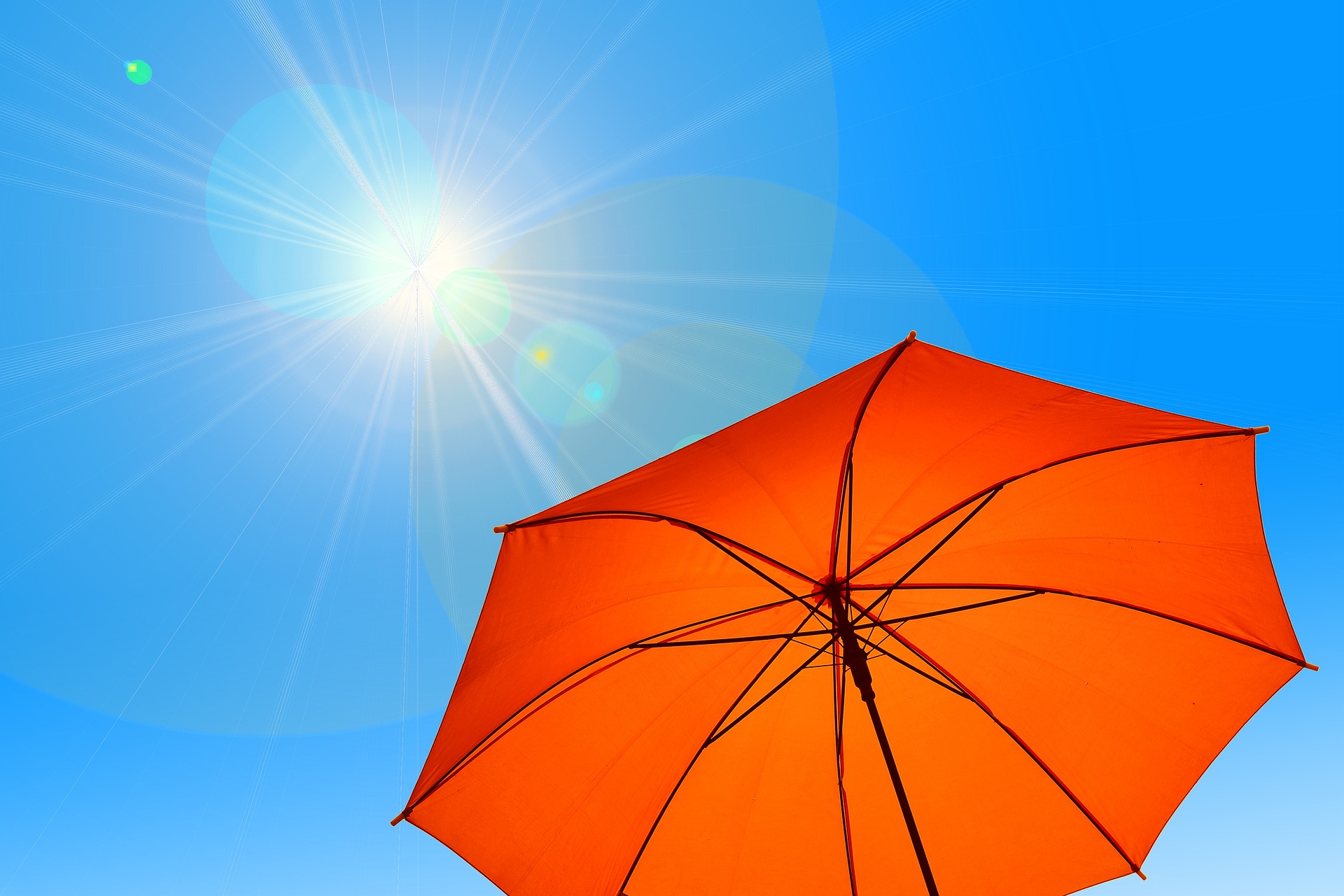Florida weather temperature is gradually increasing, and summer heat will be here before you know it. Florida generally reaches its hottest temperatures in July and August, but the weather in April and May can be just as debilitating for elderly residents if they are not careful. Getting outside and exercising is one of the best ways to improve your health and fight off feelings of depression and mental illness, but seniors should still be cautious when spending a lot of time under the sun. Today, we will talk about heat stroke and heat exhaustion and how you can notice the signs in yourself or an elderly loved one.
Summer Heat Stroke Explained
Heat stroke occurs when your body overheats, almost always from prolonged exposure to high outside temperatures. Heat stroke is more common in individuals outside engaging in rigorous activities or exercise, but it can also occur in anyone who is not paying attention to their temperature, water intake, or time spent in the rays of the Sun. Heat stroke can raise your internal body temperature to 104 degrees Fahrenheit, quickly causing damage to your brain, skin, and internal organs.
People who suffer from heat stroke sometimes appear to succumb to the condition suddenly, but there are symptoms you can notice before the situation becomes dire. One of the easiest ways to identify if you or someone you are with is suffering from heat stroke is by checking to see if they are sweating. Sweating is our body’s natural defense against overheating. When you don’t drink enough water or are outside long enough for your body to deplete its store of available water to cool your body, nothing stops your internal body temperature from continuing to rise.
Summer heat stroke symptoms also include confusion, dizziness, slurred speech, agitation, and similar conditions affecting reasoning. If you are outside and overheating, it may be hard to identify that this is happening to you in an impaired state. People also tend to try and ‘tough it out’ when faced with a difficult situation outdoors.
Addressing and Preventing Heat Stroke
If you or a loved one are currently suffering from heat stroke, make your way to a cool or shady area as soon as possible and begin drinking water. Taking off clothes can also open up more surface area for your skin to sweat and dissipate heat from the body. Contact a doctor or emergency services if the condition worsens or does not improve once inside an air-conditioned building.
To prevent heat stroke when outside with an elderly loved one, always keep them well-hydrated; this is the number one way to combat overheating. However, intelligent choices can eliminate some of the need to worry about overheating when outdoors. To start, try only going out when the Sun is not at its peak intensity at midday. Early mornings or mid to late afternoons are sunny without being as dreadfully hot and dangerous to those susceptible to heat stroke. Wearing appropriate clothing that allows for heat transfer and provides shade, like large-brim hats, can keep your skin cool even if the sun’s summer heat is directly above you.
Remember that heat stroke is not the only concern. Always use sunscreen and other protective measures to prevent burns and skin cancer, and watch out for signs of dehydration (which may go hand in hand with heat stroke.)
While sunny days are beautiful, they can also be dangerous if you don’t take proper precautions. At A Banyan Residence, we want you to experience life outdoors safely, and our locations offer outdoor areas that our residents love to explore together with staff and fellow residents. If you are looking for quality assisted living options in the Venice area, we invite you to visit us.

